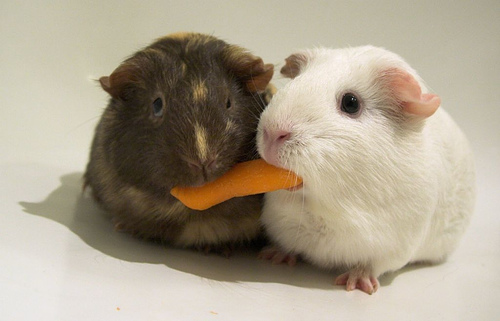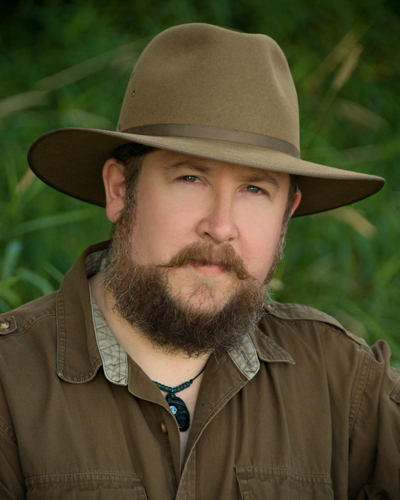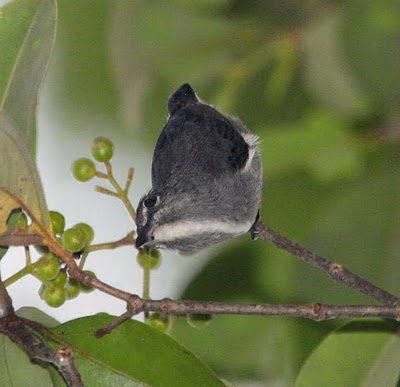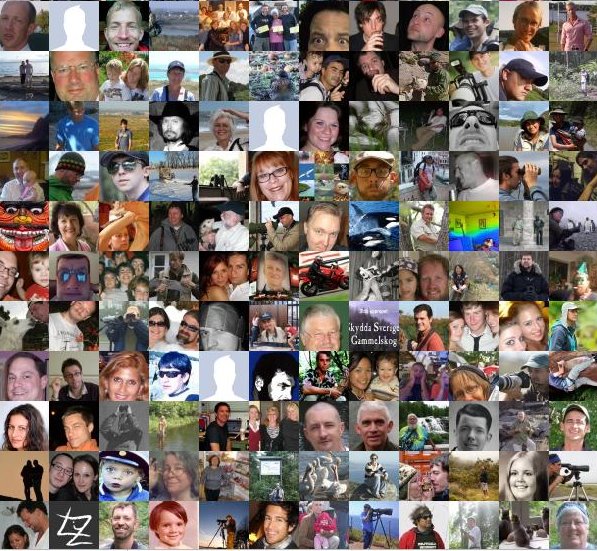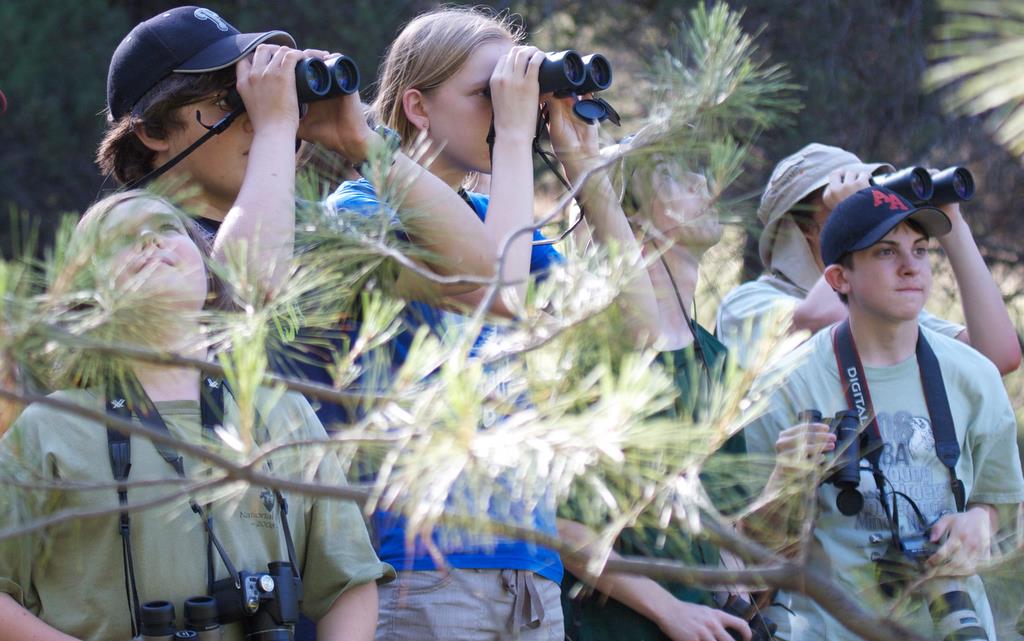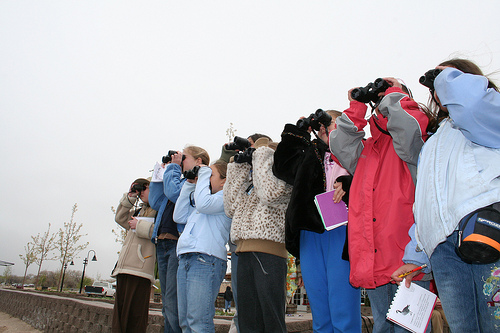Sharing stuff on Facebook.
In the last post we talked about Facebook pages and how it is useful to have a Facebook page if you have birdwatching business, run a birdclub or have a birding blog you want to promote. Today, it is all about sharing on Facebook. How do you share your own stuff in the best way? And should you not also be sharing stuff of your Facebook Friends? Social media works with altruistic magic. The more you give (share) the more you receive! And I am not talking about virtual flowers and virtual wine, but sharing useful stuff and things you think others will enjoy, and you shall see that your Facebook friends willingly share also your own stuff. Interestingly, and something to think about in your own facebooking, the number one strategy that social media gurus such as Chris Brogan talk about for businesses to be successful using social media as a marketing tool, is providing value for others. That value should be beyond the product/service the company sells. Rather than tooting your own horn the whole time trying to sell, sell, sell, sell – you share for free. The same model that got Facebook and Twitter started. It is free. It is still free, but now they have gained our trust and they can start monetize. This strategy comes in handy even if you are not planning to sell anything. If you provide value for others, you will see that you practically can count on receiving assistance when you need it. Should your birding eventually become a business rather than just hobby, the social network of birders you have built up may actually be the key to your success.
(This is an interesting topic. How many of my readers have a birding related business? How many plan to eventually make birding also your job? Click here to take survey)
Today we look at a few tools, such as Status updates, Notes and Networked blogs we have for sharing on Facebook. Finally, a call for a birders link-sharing club.
Status updates sharing options.
Status updates comes with the option to also link to a webpage, a photo or a video. This is your main way of sharing your own stuff and a simple way to share stuff of others. It is straightforward when it comes to sharing external links. In a way it is similar to sharing links on Twitter. Sharing on Facebook is very effective because it comes with a photo and a short text sample, plus often a personal comment from the linker that is not restricted to 140 characters (although Power Twitter plugin for Firefox does a similar job). Strangely, enough birders are not linking as much as they could on Facebook, which brings us to the question:
What to share?
- Birding news from near and a far.
- Birding events – both as the facebook events function or a link to the event itself
- Your Facebook friends shared items, be that regular links or one of their photos that you admire.
- Birding blog posts you enjoy.
- Photo albums with birds on Flickr and pBase you liked.
- Good trip reports
Also share non birding stuff that reflects your personal taste in moderate portions, such as:
- Music videos from You Tube. I have somewhat strange taste of music since I like both punk, hip-hop, Frank Zappa and Elvis Presley. I often share my music at 2 AM, with a warning that it may contain foul language. Remember small portions of shared music. Your Facebook wall should not become a jukebox
- Funny videos from You Tube. Most people like a good laugh. Again small portions is best.
- Good social media links. OK. That is me because I enjoy social media posts. Some are more useful than others for my birding friends and can thus be shared.
- Causes. There are causes that can need some more mouth to mouth activity. Challange your friends to match a donation for a good cause.
A blog on Facebook = Facebook Notes
Contrary to what you may think, there are other uses of Facebook notes, than annoying your friends with 20 things about me, your bucket lists, and tagging photos. The main feature of Facebook Notes is to use it as a blog, which was the original purpose. It is very easy to use. If you are not a blogger yet Facebook notes is a way to get started. Here is a short test post about Lomas de Lachay I did to try it out. The drawback is that it cannot be seen unless one logs in on FB, even if you leave all permissions free.
RSS feed to Facebook Notes.
Another interesting function of Notes is that you can import an RSS feed to Notes. The idea is that you could feed your existing blog into Notes, so that it becomes published on your wall. However, as many other bloggers, I use the application Networked Blogs, which does the same thing and has better sharing options. This leaves the feed open for other uses. I tried to make a custom feed containing the blogs of some of my favorites but it did not work that well, as it did not mention the name of each blog, making it appear as if I was the author. I consequently erased my test posts. My apologies if I offended anyone. Currently, there seems to be no way to automatically feed blogs of others to your own wall. If I am mistaken let me know.
For the Birding Peru page I recently created an import a feed from the Birding Peru Yahoo listserver, which immediately creates relevant content to the page and invites non-listmembers, to take part in the discussions. For my company Facebook page I import a feed containing news and new trips published on our main webpage.
Networked Blogs
Lots of bird bloggers use Networked Blogs to share their blog on Facebook. I have the application feed my blog automatically to Kolibri Expeditions’s Facebook Page and I can manually broadcast via Networked Blogs to my Profile wall.
Advantages:
- Community of blogging birders. OK, the community is not very active, as it is not as effective as it could be. It is easy forget to look at and interact with the blogs that you have chosen to follow.
- You can find blogs to follow by doing a search and other birders may find yours.
- Networked Blogs creates a feed containing the blogs you follow which is displayed in the left sidebar of your Facebook home. Be sure to move the Networked Blog feed higher so you don’t forget to look at often.
- Good sharing options with also Twitter included.
- Invite your Facebook friends to become readers of your blog. You can invite 20 friends per day. I use a standard invitation such as this:
There’s absolutely no commitment involved by following my blog. I follow 110 blogs on NetworkedBLogs and never get any direct mail notes. Receiving this, you’ll hopefully check my blog and find it interesting, and show your support if you follow! Thx
- You can pay for the service to be able to broadcast your blog directly to your Facebook friends, a function to be handled with care, but may be useful for the future. As for now, I only use the basic function, which leaves my whole Page function free for other use.
Sharing your blog – How often can I share?
I think one may get away with linking three times on Facebook to the same blogpost, as long as you also share other stuff, and add something every time you link again. This works for me.
- Status update. When I have finished the blogpost I post immediately with a short URL from https://bit.ly. I always try to think of an eye-catching title and comment. The link will open up anyway, but to get the text in the status update feed, you need to close the link.
- Link. After I posted I go back to see if there are any updates that need to be done. There may be comments, that should warrant some changes or there could be an interest discussion going on that can be referred to. I also check to see that the excerpt for the blog that will be pulled by Facebook is concise and on topic. My blog posts are often published in the middle of the night at first, so I try to repost the link in the morning the following day, when hopefully more people are on line. Between the Status update and the link, I should have linked to other interesting stuff, so it does not appear that I am only blowing my own horn. I also change my status update. The nice thing about Link, is that one gets to chose which photo to illustrate the excerpt with. I find a bit annoying that the full URL does not show or at least the title of the blogpost in the link. I most often only sea my company root URL, where my blog is housed. If anyone know how this can be tweaked let us know.
- Networked Blogs. About an hour or so, Networked Blogs automatically send my blog to the Facebook page of Kolibri Expeditions (check Page settings how to do this –let me know if you need help). Therefore, 32 hours later (24h +8h), it makes sense to post once again, if there are comments here. Also, there is a prompt when you open networked blogs that suggests you to publish. Here you can’t make an additional intro comment and the photo is already fixed. However, the app shows the name of the post and the ongoing discussion. Again between the link and networked blogs there should be various other links and updates.
Birders link sharing club.
A couple of weeks ago I explained in a blog post how to make a customized Feed to replace the default NewsFeed (selected content by FB) and the Live feed (the wall feed from all your friends combined). Check this post because it tells you how to make lists. UPDATE: Unfortunately, with the new Facebook lay-out it is not possible to customize the feed at home more than selecting which friends should show in the live feed. This is done at the bottom of the page at your Home. You may wobble between Top News and Most Recent. Make sure you select More Recent and scroll down to the end of the page. The default is showing only 500 of your friends. You may set this to show all friends (up to 5000) or select only the ones you want to show.
I recommend the former and instead create a special group of friends you want to follow closer. Why not make a club – a feed of people following this Social Media Workshop. State your Facebook URL below. Each of us invite each person and create a new feed containing Social Media birders. Click on Friends on the left column in Home and Create a list (on to). Make to monitor list frequently. You may also subscribe to the links of each through RSS (with for example Google Reader), but then you will need not to forget to check the RSS feed.
When you see an interesting link use the share button to share with all your Facebook friends. Be sure to share blogposts of the Social Media Workshop participants that you like. Both your friends and the blogger will be grateful.
Facebook sharing birders Friend List.
I am adding the Facebook profile links to the birders that comment to this article as well as the previous deliveries. I suggest you befriend each one – send an invitation, and don’t forget to mention that you saw their name here, so they know what it is about.,
- https://www.facebook.com/gunnar.engblom
- https://www.facebook.com/DawnFine
- https://www.facebook.com/profile.php?id=1068613170 Brian Allen
- https://www.facebook.com/amv2010 Alyssa Strouse
- https://www.facebook.com/profile.php?id=100000356912263 Andrew Thelander
- https://www.facebook.com/fabian.ducry
- https://www.facebook.com/wlynch83 Bill Lynch
- https://www.facebook.com/jbcbirder J.B. Churchill
- https://www.facebook.com/shilfiell Kimberly Sucy
- https://www.facebook.com/steve.happ
- https://facebook.com/sbcjr Steve Corbett
- https://www.facebook.com/profile.php?id=100000624055424 Catherine Lewis
- https://www.facebook.com/jbwaugaman John Waugaman
- https://www.facebook.com//profile.php?id=100000703937608 Peggy Henderson Williams
- https://www.facebook.com/mwridgway Matthew Wridgway
- https://www.facebook.com/rripma Rob Ripma
- https://www.facebook.com/susan.hedman
- Your Facebook profile HERE.
Homework mentioned in the text.
- Click here to take survey Is your birding your job or your business?
- Use the Note-function of Facebook either as a blog or to import some stuff.
- Enter your blog to Networked Blogs
- Subscribe to a number of birding blogs
- Place your Facebook url in the comment section.
- Send friend request to all the birders that put their info there.
Last, but not least, here are the results of the previous survey. All 28 that answered the survey are on Facebook. On the other hand, those that are not on Facebook, possibly did not read the post anyway. I am surprised to see relatively large percentage do have both Twitter account and blog, but as I expected many are a bit inactive. It is revealing to see that there are many people who have Flickr accounts, but few people who actually use it much. Very few use social bookmarking. Is this because we can’t understand the benefits of it or because it is somewhat complicated? Nobody uses Reddit, why I didn’t bother to display the result. Click on the image below to see a larger picture.
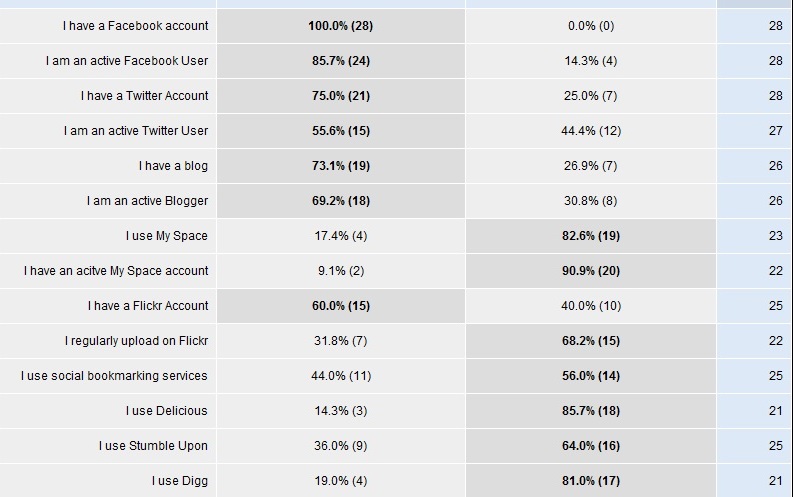
If you still have not signed up for this workshop you may do so here:

